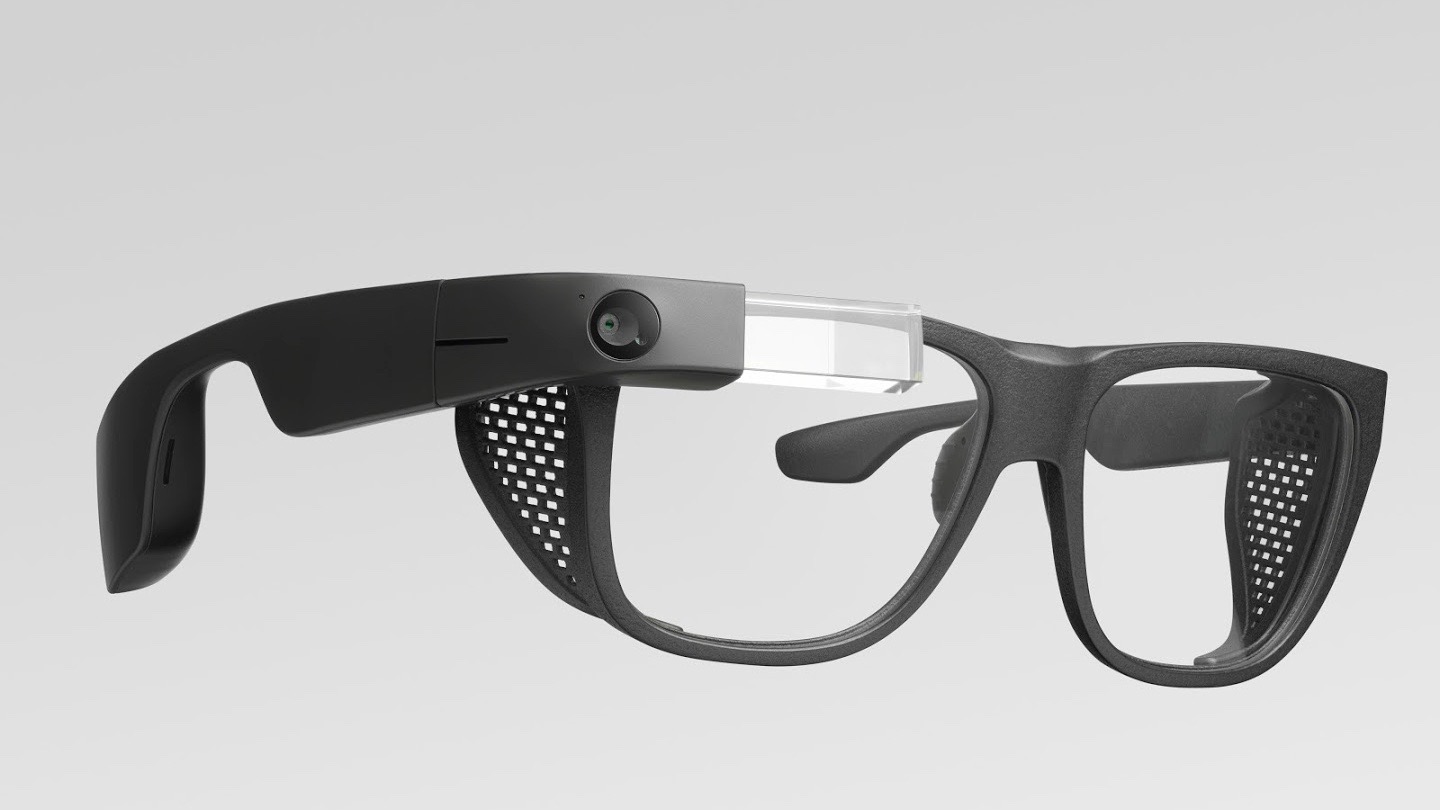
We all know by now that 5G is going to be a big deal. The next generation mobile network will provide ubiquitous gigabit connection speeds, extremely low latency and unrestricted capacity.
In fact, it’s rather difficult to imagine a modern industry that won’t be positively affected by 5G’s arrival.
When it comes to augmented reality, however, 5G looks set to be more transformational than most. Indeed, 5G could prove instrumental to augmented reality finally hitting the mainstream.
Let’s first clarify what we mean when we talk about ‘augmented reality’. AR, as it’s commonly known as, is the art and science of overlaying virtual information onto a live view of the real world.
While virtual reality (VR) creates a completely enclosed, self-contained 3D virtual world that a person can fully immerse themselves in, AR seeks to enhance or indeed augment our perception of the physical environment around us.
Augmented reality is already firmly embedded in our culture, from the heads-up displays (HUDs) in a fighter pilot’s cockpit to the live selfie effects of Snapchat and Facebook. But 5G’s arrival heralds a whole new wave of deeply integrated, highly social AR experiences.
Statista estimates that the value of the AR market will rise from $5.91 billion in 2018 to $198.17 billion in 2025 – it’s no coincidence that this rise will coincide with the rollout of 5G networks.
Sign up for breaking news, reviews, opinion, top tech deals, and more.

Augmenting reality
As we’ve hinted at already, augmented reality isn’t a new or cutting edge technology. We already have the means to create convincing AR experiences, but it’s an extremely hardware-intensive process.
Embedding virtual components in a real world view requires powerful processors, sharp cameras, a range of advanced sensors, and some serious software smarts. In short, the best AR apps crunch a lot of numbers.
What’s more, that data needs to be rendered in real time in order to produce a convincingly smooth and responsive AR experience. Immersion is everything with AR, to the point where any performance shortfall can be ruinous to the experience.
The huge amount of data being processed in real time means that modern mobile AR applications are very localized, essentially ‘offline’ affairs. Not only does this necessitate powerful mobile devices, it limits the scope of the AR experiences too.
Our current 4G networks simply don’t have the capacity to bear the weight of more connected or shared AR experiences, nor do they have the required low latency – that is, the time between an input and data being sent in response – for real time responsiveness.

What 5G brings to the AR table
It’s here that 5G will be able to take AR to the next level. The next generation mobile network will massively increase capacity and lower latency. ABI Research predicts that 5G will provide a “10X increase in throughput, 10X decrease in latency, and 100X increase in traffic capacity” over 4G, which will mean that “5G will not only improve, but will also be a requirement for some of the most exciting AR and VR applications”.
In such an environment, existing AR applications would be able to offload much of the intensive processing to the cloud, opening AR applications out to new, smaller, more energy efficient and cheaper form factors.
While the Google Glass project appeared to be halted several years ago (it wasn’t, but we’ll come to that), the prospect of a truly wearable, permanently accessible AR device hasn’t gone away. It was just hibernating until the technology could be refined, part of which involves a sufficiently capable mobile network.
The nature of AR applications will also grow more sophisticated, with truly shared and social real time augmented reality experiences. The transmitting of AR-enhanced live events could be one example.
This synergy between AR and 5G will also expand the potential for remote control drone and robot operation through enhanced HUDs (Heads Up Displays) and improved haptic feedback. Indeed, this lofty concept of the so-called ‘Tactile Internet’ is expected to kickstart the fourth industrial revolution.
That might sound lofty, but cutting edge researchers such as South Korea’s Electronics and Telecommunications Research Institute predict just such an eventuality. In January 2019, it was announced that ETRI had developed a 5G-based technology that would enable AR applications to send and receive packets of data at speeds that match human perception.
“We will see robots, cars and all other machines connected to the Internet all around us,” said ETRI team leader HwanSeok Chung. “[The] Tactile Internet will enable humans and machines to interact with each other even from far away.”

AR and you
Talk of the Tactile Internet is all well and good, but you might ask how 5G-enhanced augmented reality is set to benefit the average user over the coming years.
The first thing to note is that the framework is there for massive advances in everyday AR applications. Both Google and Apple, gatekeepers to the two biggest smartphone platforms in the world, are investing heavily in AR. Apple announced its ARKit framework in June 2017, while Google announced its own ARCore in August 2017.
AR computation has been a core component of two generations of iOS and Android devices now, and there are countless AR-enhanced applications on their respective platforms. But the two companies have huge plans beyond the current status quo.
It’s widely expected that Apple will have some big things to say about AR at its next WWDC event from June 3, including potential macOS and iOS support for AR headsets.
It’s long been rumored that Apple is working on its own set of AR glasses, which could prove a huge boost to AR’s mainstream acceptance. You only need to see the company’s dramatic effect on the adoption of smartphones, tablets, and smartwatches for evidence of that.
For its part, Google has been steadily ticking over in the background with its pioneering Google Glass project after an initial failed public run. The latest update comes in the form of the business-focused Glass Enterprise Edition 2, which now runs on Android and is powered by Qualcomm’s AR-focused XR1 chipset.
On the software front, the company announced at Google I/O that it was adding 3D augmented reality models to its search results later this year.

Separately to this, Facebook is known to be investing heavily in augmented reality. Having played a major part in the related resurgence of VR through its Oculus Rift platform, the company is known to be working on its own advanced AR glasses.
Facebook has also been steadily bringing AR features to its vast network of social platform ever since 2017, from Messenger to Instagram to Facebook ads. Through AR Studio, it’s also allowing third parties to get in on the act.
Microsoft has its own longstanding AR hardware project in the form of HoloLens, which has yielded some of the most impressive (though alas not commercially available) AR applications of the current era – including an augmented reality version of Minecraft.
Talking of Minecraft and AR, Microsoft recently announced the Minecraft Earth mobile game, which could well prove to be the true breakout moment for AR gaming.
Make no mistake, AR is set to enter a whole new phase of mainstream acceptance in industry, on our phones, and through a whole new class of personal devices – and 5G is going to be at the very heart of the revolution.
5G Uncovered, in association with Samsung, brings you everything you need to know about the next wave of connectivity - not just how fast it's going to be, but in just how many ways it's going to change your life. Our 5G Uncovered hub is carefully curated to show everything there is to know about the next generation of connection.

Jon is a freelance journalist who has been covering tech since the dawn of the smartphone era. Besides TechRadar, his words and pictures have appeared in The Telegraph, ShortList, Tech Advisor, Trusted Reviews, Expert Reviews, and more. He largely covers consumer technology, with a particular focus on smartphones and tablets. However, he's also been known to dabble in the worlds of entertainment and video games.